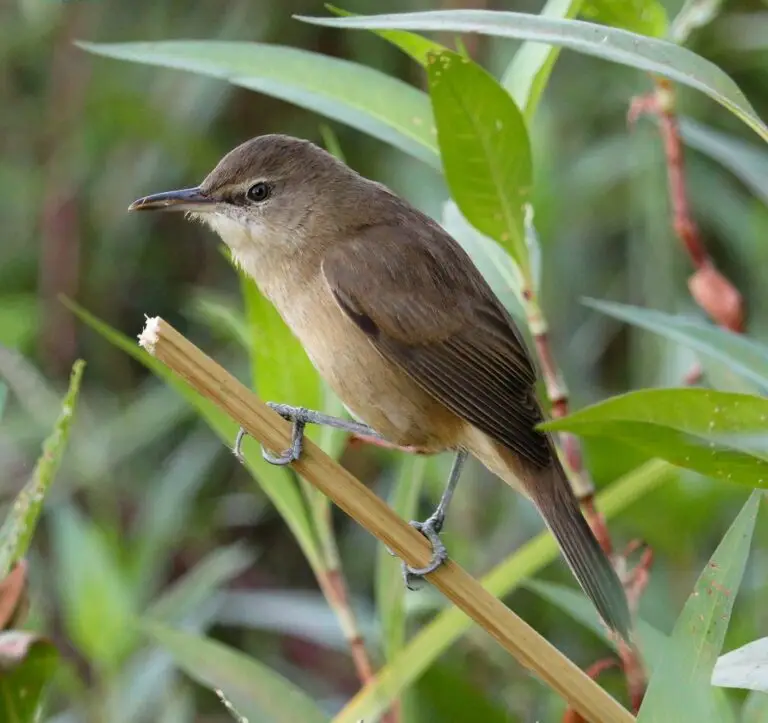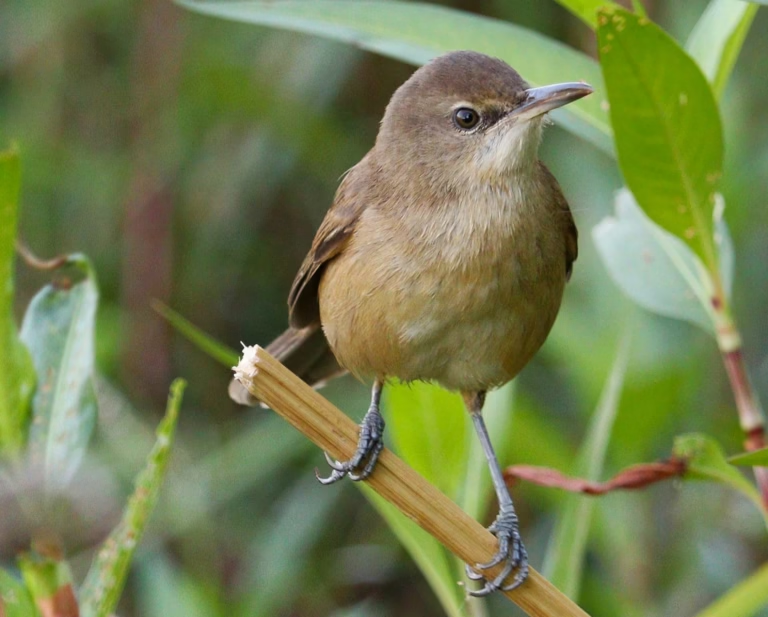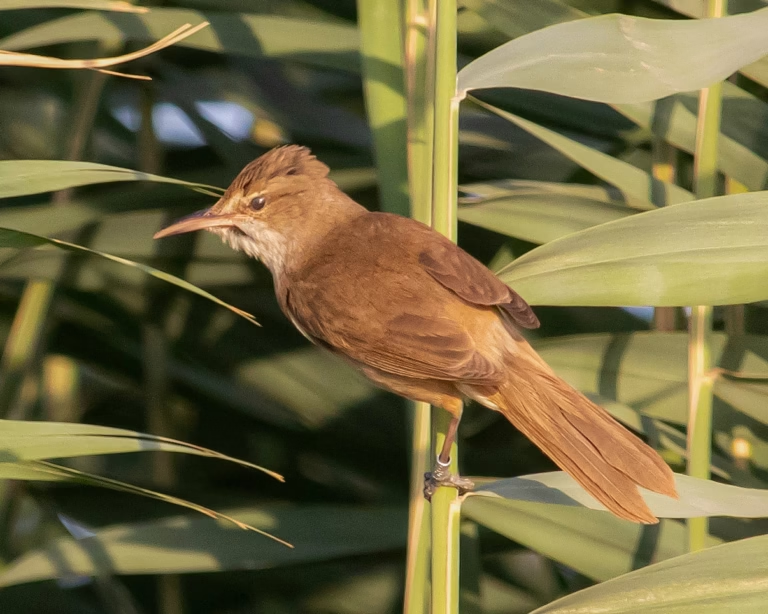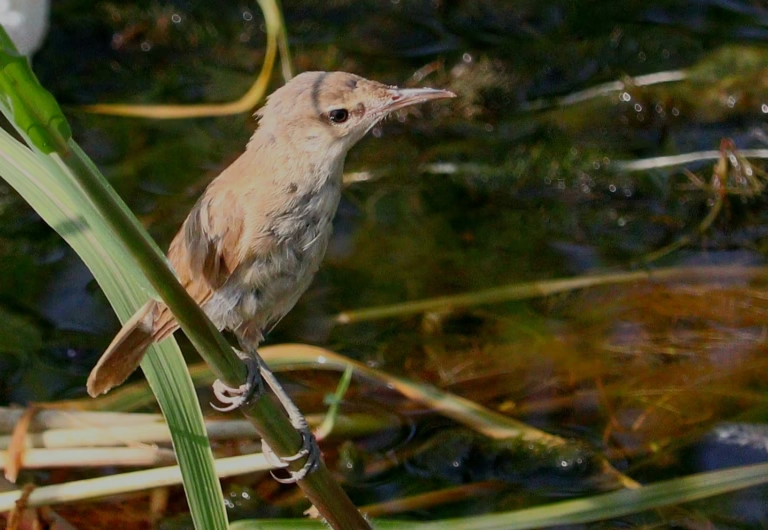When you think of the wild symphony of wetland birds, one voice rings out loud and clear—the Clamorous Reed Warbler. Known scientifically as Acrocephalus stentoreus, this bold little songbird is anything but shy. Whether you’re a birdwatching enthusiast, a nature lover, or just curious, here are 10 intriguing facts about the Clamorous Reed Warbler

1. It’s called “Clamorous” for a reason
The Clamorous Reed Warbler gets its name from its loud, repetitive, and unmistakable call. Unlike the gentle chirps of many songbirds, this warbler belts out its song with gusto—especially during the breeding season. Males sing from tall reeds or bushes, advertising their presence to rivals and potential mates.
2. A master of the marshlands
This bird is perfectly adapted to life in reed beds, swamps, and dense marshes. With its strong legs and slender body, the Clamorous Reed Warbler skillfully weaves through reeds and tall grasses, making it a challenge to spot despite its booming voice.
3. Wide geographic range
You can find Acrocephalus stentoreus across a vast region—from Egypt and the Middle East to the Indian subcontinent and Southeast Asia. Some subspecies are even found in parts of Australia. This wide distribution showcases the bird’s adaptability to various climates and wetland habitats.

4. A highly territorial singer
Male Clamorous Reed Warblers are highly territorial, especially during breeding season. They use their loud songs not only to attract females but also to warn other males to stay away. It’s nature’s version of shouting, “This is my turf!”
5. A secretive lifestyle
Despite its loud nature, this warbler is often difficult to spot. It prefers staying hidden within dense vegetation, especially when feeding or nesting. Birdwatchers often hear them long before they see them—if they see them at all!

6. Migrant and resident populations
Some populations of the Clamorous Reed Warbler are migratory, while others are permanent residents. Birds in temperate zones often migrate south during colder months, while tropical populations tend to stay in one place year-round.
7. Impressive nest building skills
The Clamorous Reed Warbler builds its nest by weaving plant material between reeds or branches. These nests are typically cup-shaped and are built low in vegetation. Both parents take part in feeding the chicks once they hatch.
8. Diet: Small but varied
Insects are the main diet of the Clamorous Reed Warbler. They feed on caterpillars, beetles, spiders, and other small invertebrates. Occasionally, they might eat small seeds or berries, but they are primarily insectivores—making them helpful pest controllers.

9. Subtle but beautiful plumage
While not brightly colored, their brownish-olive plumage blends perfectly into their marshy surroundings. This camouflage helps protect them from predators and makes them surprisingly elusive for such a vocal bird.
10. A bird you can spot in Aswan
Aswan is one of the prime locations where the Clamorous Reed Warbler can be found. The lush reeds along the Nile and its islands offer the perfect habitat for this vocal bird. Book a trip with Aswan Birdwatching today to have chance to spot Clamorous Reed Warbler!
Related articles:
Top 10 resident birds you can spot in Aswan
10 facts about African Swamphen
10 facts about African Green Bee-eater

Pingback: Top 10 resident birds you can spot in Aswan
Pingback: 10 Amazing Facts About Red Avadavat